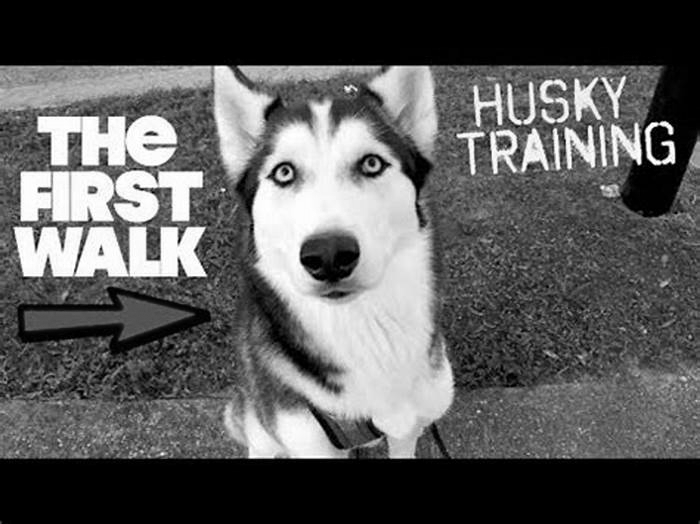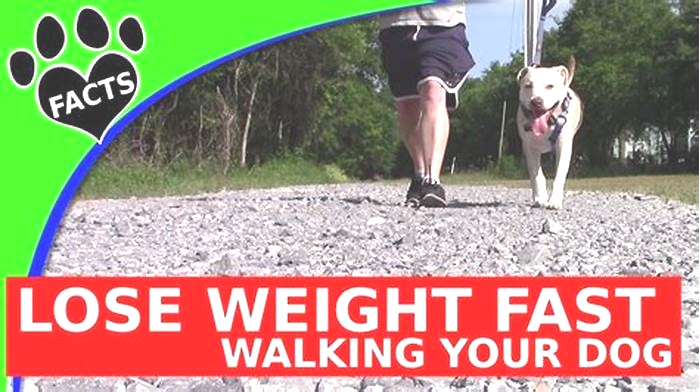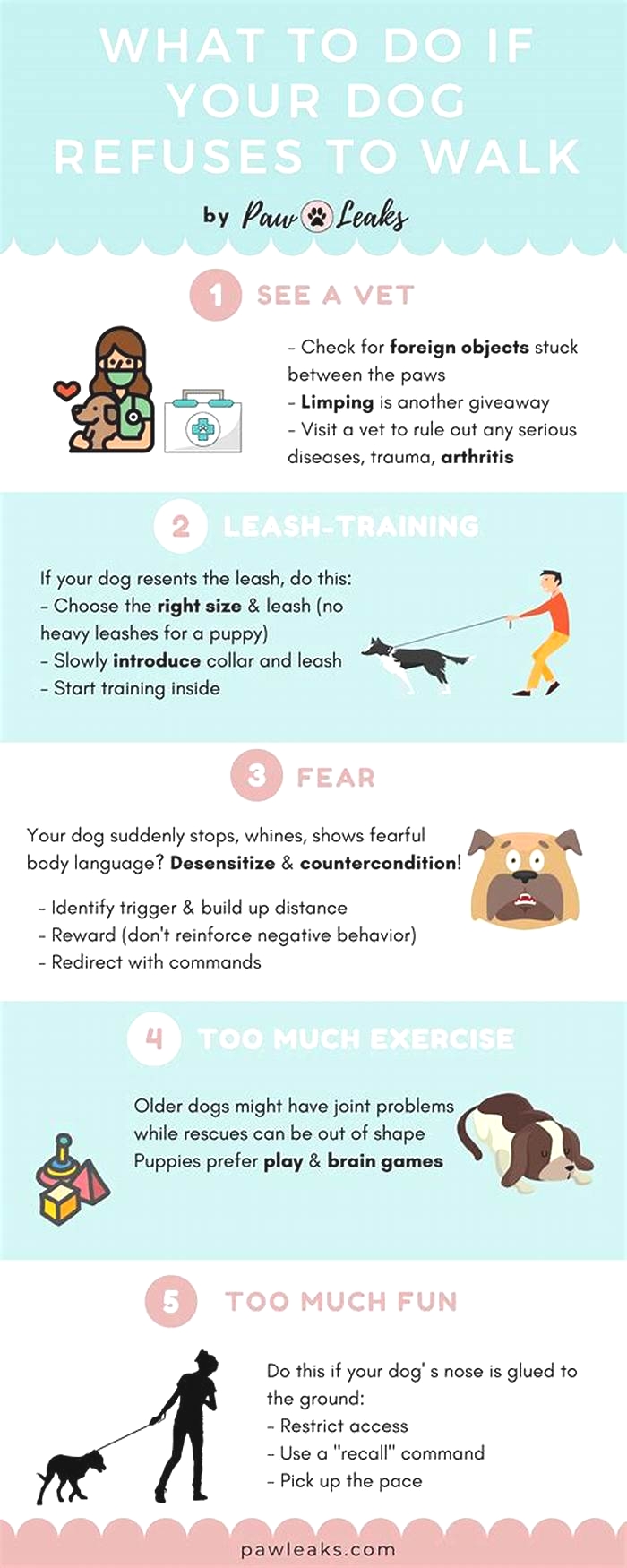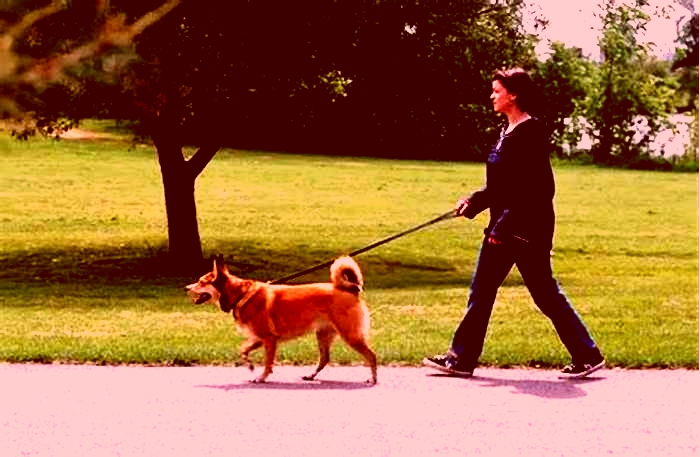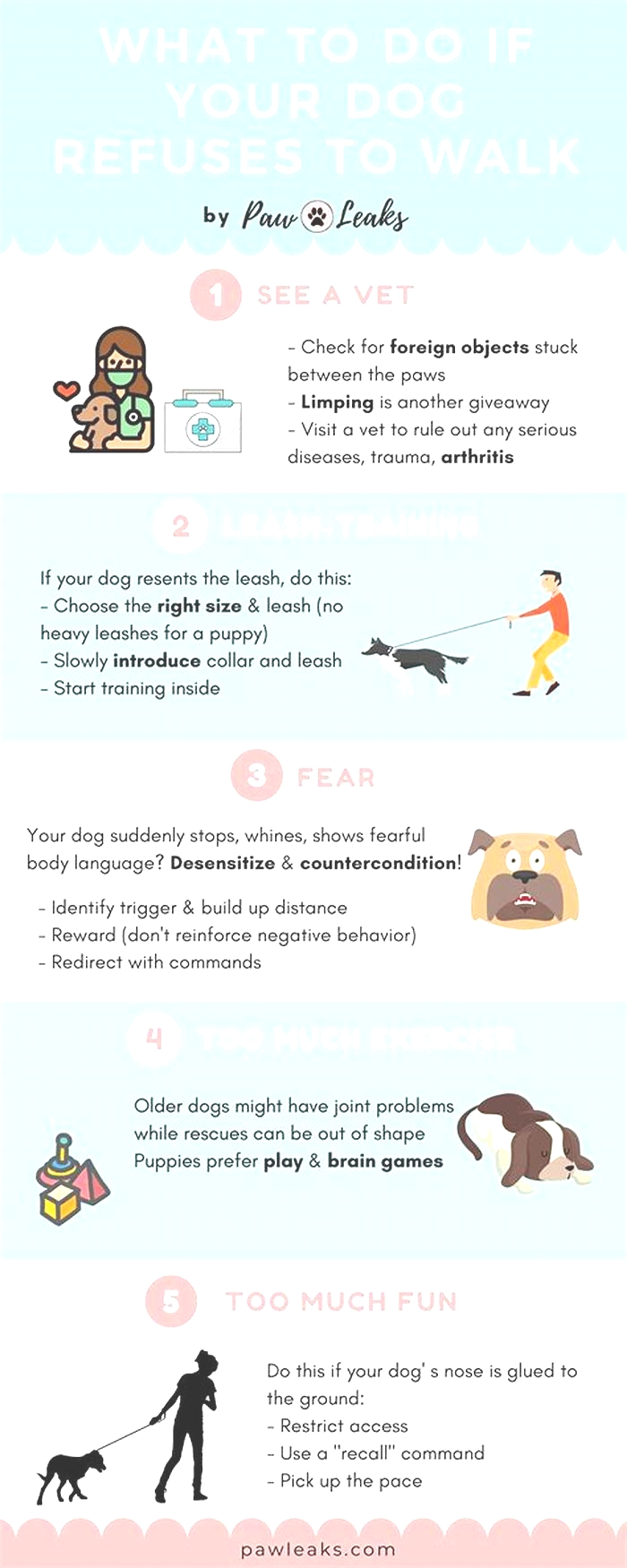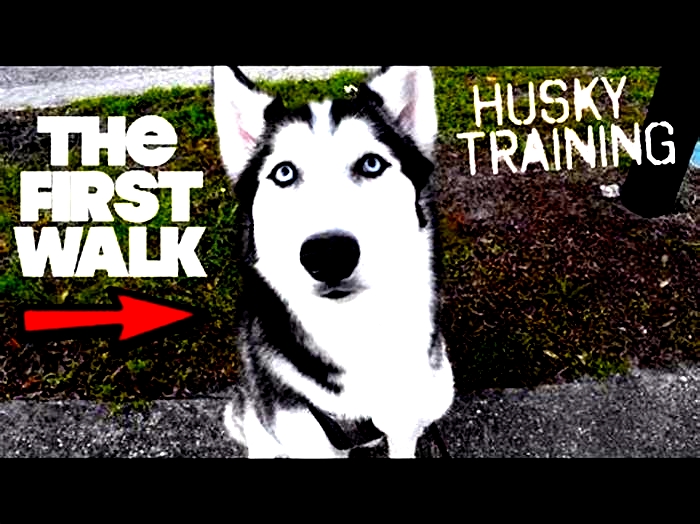Should I walk my Beagle everyday
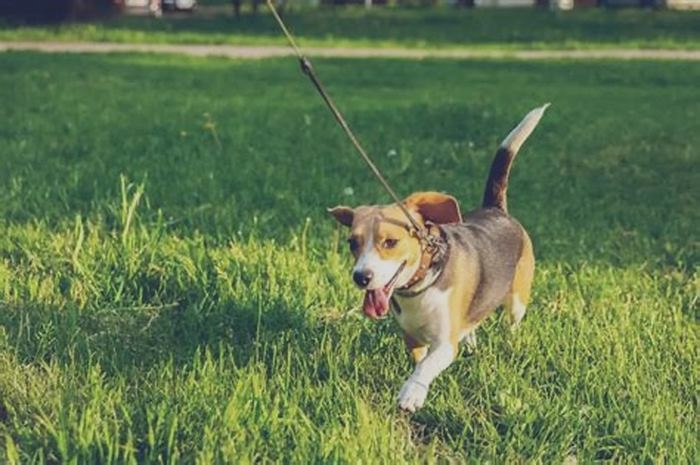
I love to exercise with my beagle regardless if its on the trails or on a treadmill. For anyone of us fortunate enough to have one, the workout can provide lots of fun for both dog owner and dog alike. As beagles are scent hounds, they have a large pool of energy reserves to draw upon from. They are an incredibly hearty breed.
To help keep them in peak physical and emotional shape, they need daily physical + mental exercise. Which lead me to research my question: How much exercise do beagles need?
Basic Guidelines Of Exercise For Your Beagle
A good guideline for beagle puppies is to walk 5 minutes for every month of your puppys life, up to twice a day. An adult beagle needs 60-90 minutes of exercise each day. Senior beagles need about 30-60 minutes of exercise a day, split up in 2 or more sessions. Lets dive further.
Benefits Of Exercise
- Keeps their weight in an optimal range.
- Maintains their musculoskeletal (skeleton, muscles, cartilage, tendons, ligaments, joints and other connective tissue), cardiovascular, and digestive systems in excellent condition.
- Improves their ability to be a calm, balanced individual (A tired dog is a good dog).
Beagles should be able to enjoy a hybrid of moderate to intense exercise, to keep their energy levels in check, and to help develop their physiques.
Most Beagles love to simply run around. If taken to a park or open field, this breed will enjoy roaming free. Do, however, always keep your dog supervised or in a secure environment, and be sure that if you ever take your Beagle off of his leash or harness, that it is legal and safe to do so.
Below we will discuss together different aspects involving your beagles exercise regimen, and how to make it safe and enjoyable for both you and your family alike.
What Age Is Okay To Begin Exercise?
Before you decide your puppy or dog into the great unknown, youll want to ensure that they have had a full veterinary check-up and are up to date with their vaccinations.
The first consideration to have a pause in terms of extensive or intense exercise for puppies is something called growth plates. Growth plates are soft areas that sit at the ends of the long bones in puppies and young dogs. Rapidly dividing cells, they allow bones to become longer until the end of puberty. In puppies, the plates gradually close as their hormonal changes approach puberty. This closure is normally completed by approximately 18 months old.
Until this process completes, it renders them more vulnerable to injury. To avoid putting too much strain on them during this critical time, self-directed play should be the majority of their exercise. This includes free play, exploring, and noodling around. Otherwise, you run the risk of disrupting the normal growth of their bones.
After the age of 18 months, you can release the hound so to say, and allow them to more freely engage in more structured walks or jogs, in addition to their normal physical activity. Believe me, theyll love it. Theyre naturally energetic, so itll be more than welcome.
Safety First!
As a dog owner, you must supervise your dog at all times and ensure the dog is kept within calling distance and under control. It is in your best interest to provide your pet with obedience training and socialization skills necessary to become a well-mannered and socially well-adjusted dog.
Accessibility to clean water for your beagle must be a constant, whether they are exercising or not. In addition, be aware of the environment he or she will be encountering, in terms of terrain and temperature specifically.
Terrain is something many dog owners dont think about it intrinsically.
For example: When was the last time you went running walking on scalding or freezing pavement, with your bare feet? Exactly. Well, the same principle applies to your dog. Would you want to rock over incredibly rocky terrain with your bare feet either? Probably not. Now, Im not encouraging you to avoid these scenarios. Realistically, thats not possible in their entirety. Just be mindful of the duration and intensity of the variable.
Temperature is another element. Clothing for your dog in the colder elements is not unreasonable. On the opposite side of the spectrum: Heatstroke is something to be particularly mindful of, as this occurs if your beagle cannot regulate their own body temperature, due to extreme conditions. Avoid subjecting your 4-legged loved one to extreme temperatures. A good rule of thumb: If you wouldnt want to subject yourself to the same environment for an extended period of time under the same conditions, you definitely dont want them to either.
What Are Some Exercise Ideas For Your Beagle? [Time For Some Fun!]
Walking
Is bar none, one of the best forms of low-intensity physical exercise for beagles. Your beagle should be provided a walked for a minimum of 20 minutes, 1 or 2 times daily at a moderately brisk pace.
Im a huge fanatic of the Illumiseen LED Rechargeable Dog Collar and Illumiseen LED Rechargeable Dog, both available on Amazon. I use them religiously, day and night.
Bear in mind, youll want to take into account the walking pace of your dog, not yourself. A beagle puppys stride is going to be shorter than that of an adult beagle.
The walk should be at a pace where your beagle is moving along steadily, but never out of breath. If they are panting excessively, are falling behind, or stop and lay down they have probably had enough. It is probably a good idea to end the walk. If they are happily trotting along you can choose to walk a bit further.
Running
You may be surprised at times at not how they can keep with you, but how you can keep with them. The average adult Beagle can run at about 20 mph (32.2 km/h) while the average male human jogs at 8.5mph (13.35 km/h) and the average woman at 6.5mph (10.46 km/h). Impressive to say the least.
Tug of War
Playing tug of war with your dog is a fun, great way to give your dog plenty of physical and mental exercise. Its a game that relies on manners, therefore its a great way to work on your dogs impulse control; i.e. the game stops if your teeth touch my hand.
A word of caution when working with puppies. If your dog hasnt mastered basic bite inhibition, they will probably struggle to play by the rules. If you want to save your hands from those sharp teeth remember to work on teaching your puppy not to bite before attempting a game of tug.
Reminder: Remember to put up your dogs tug toy away when not in use. Many tug toys are made with rope or other materials that can pose a potential choking hazard for your dog.
Go Fetch
Playing fetch with your dog is a fun and interactive way to exercise your dog.
It truly can make for endless fun as long as your beagle actually retrieves the ball, which he still struggles with stubbornly sometimes. Initially, my beagle would just grab the ball and either run with it incessantly or try to bury it. Eventually, hes learned to properly retrieve it.
Granted, beagles can be rather stubborn in terms of actually bringing the item back that youve just thrown. After all, theyre not a retriever. Youll likely be going chasing after them to get the item back, and then subsequently engage in the aforementioned tug of war. However, with practice, anything is possible.
Follow the Dog
Instead of walking your dog, have your dog walk you. Wherever they go, you follow. Let your dogs interests guide your adventure. You may up become a lot more aware of rogue chipmunks, that you might not have noticed otherwise. Youll be amazed where their nose may take you.
Shell Game
Hiding treats behind furniture, inside boxes, or across the yard is a really fun game for dogs, but it can be difficult yet fun, as well. Your dog already has a huge advantagetheir nose. Take frequent breaks and keep sessions within 5 minutes increments.
Other Ideas + Products
We attached a list that weve compiled of items, weve personally used for our beagles over time. Its rather comprehensive, in case you realize that you may be in need of something. The list is here.
Conclusion
A healthy body results in a healthy mind. Exercise is beneficial for every beagle, young or old; you just need to adjust the amount of exercise to suit your dogs age, fitness level, and health status.
Exercise not only benefits all dogs on a physical level, but it will help him on a mental level too.
Disclosure: This page may contain affiliate links. As an Amazon Associate, we earn from qualifying purchases made through affiliate links on this site. The commissions do not impact the price you pay for those products, nor do they influence which product(s) we may or may not recommend on this site. After all we just want your beagle to be happy and healthy.
How often should you walk a Beagle?
Walking your dog has plenty of advantages not only on their physical health but on their mental and social well-being as well. For one, walking helps train your furbaby to be social so that they wont just attack anyone and they could get along better not only with humans but other of their kinds as well. It also provides your pets with the regular exercise they need. Before you get started, however, you should bear in mind that different dog breeds require different amounts of physical activities and this includes walking.
If you have a beagle, you would expect that it needs intensive exercises on a daily basis. Beagles are good trackers and hunters by nature and are gifted with high energy levels that help them out at such tasks. Beagle human parents need to help them release this energy because otherwise, their furbaby could be a little destructive. And yes broken furniture, personal stuff, overturned trash could be in your immediate future.
If you have an adult beagle, then going for a walk with them at least twice a day is ideal. Each walk could at least be 20 to 30 minutes at a brisk pace. But while adult beagles could enjoy long walks at a time, you should also be alert and watchful that these walks would not make your beagle exhausted and out of breath. You should ensure to set a pace that would make your beagle keep up and not push it to its limits. Be alert also on what your beagle is communicating. If along your walks, your beagle started lagging behind, then this could mean that it already has enough for the day and you should consider ending the activity. After all, not all beagles have the same stamina although this can be developed through regular walking and other activities.
The exercise you plan if your beagle is still a puppy, usually 18 months and below, should not be as intensive as what an adult beagle should get. The rationale behind this is that over-exercising them can harm the normal bone growth of a beagle puppy. At a young age, you could just let your pup play with toys or just let it explore on a leash a few minutes a day if you do not have a backyard where it can roam freely. As it grows older, you can begin taking your pups at short walks once a day. Note that it is not recommended for beagle pups to be exposed in public if it hasnt completed its vaccines yet. So this is another consideration before you start walking your beagle pup.
You will see also that as your beagle ages, youd need to amend your routine as needed. For instance, senior beagles might not anymore withstand long walks daily that take a lot of time. As such, you need to adjust your routine to accommodate their needs and capacity.
How Often Should You Walk Your Dog?
Like people, dogs need daily movement to feel their best. Dogs need exercise to maintain muscle tone as well as anappropriate weight for their age and breed. But walking your dog isnt about physical activity alone. Walks provide mental stimulation, helping your dog build confidence and avoid potential behavioral issues like anxiety and aggression.
How Good Is Walking as Exercise?
A lot of people think of dog walks as an energy release or a way for their pet to let loose, says Dr. Emily Wilson, DVM, a veterinarian atFuzzy. It doesnt just have to be your dog sniffing bushes and relieving themselves. It can be really interactive.
Some dogs, especially younger ones, seem to have boundless energy. Exercise, including long walks, can tire them out, leading to acalmer and quieter companionat home.
But whats essential for dogs is consistency. According to Dr. Wilson, having a routine is really comforting to the dog and helps them anticipate what the schedule is. Dogs are better equipped to regulate their emotions when they know what to expect, so that means taking regular walks around the same time each day.
When Is It Safe to Walk a Puppy?
While you want to give your puppy an outlet to let out their energy, certainviruses, such as parvo,are highly contagious and potentially life-threatening for dogs. Most puppies complete their vaccinations by 16 weeks, which is when they should be fine to be exposed to other animals. In the meantime, limit your puppys exposure to unfamiliar dogs.
Its very important that puppies have had their full series of vaccines especially out in public places, Dr. Wilson says. I usually recommend waiting two weeks after their last booster to allow their immune system to fully respond.
Puppies also arent very good atregulating their body temperature, so you need to be mindful of the weather before going outside for a stroll. If you get a puppy in the summer, make sure youre not walking them on hot asphalt, Dr. Wilson says. The same goes forwinter weather. Aside from quick potty breaks, try to keep your puppy inside when the temperature drops and make sure theyhave cozy thingsto keep them warm.
How Much Exercise Do Dogs Need?
Puppies
Compared to adult dogs, puppies have less endurance and need a potty break every 2 to 4 hours, so you wont be able to take them too far but will need to take them out more frequently. If you have a little teacup, poodle puppy, dont go around the block, Dr. Wilson says. Thats a long way for them to go.
Puppies also need to be comfortablewalking on a leashbefore tackling a full-fledged walk. Practice with them in a secure space like the backyard. Start small by walking your puppy up and down in front of the house and build up from there.
Oftentimes puppies have to relieve themselves right after they eat, so correlating your walks with that can helpmake potty training more successful, says Wilson. With a 10-week-old puppy, you might go out for a 10-minute walk two or three times a day. For the first few months, its best to stick with short and frequent walks.
Adult Dogs
If your dog hasnt been too active or is out of shape, a 10 to 15-minute walk is a great starting point. As with puppies, keep the walk short and positive. Check to see your dogs pace, and if theyre trailing behind or walking ahead of you. You may need to slow down or pick up the pace.
As long as your dog doesnt have any underlying health concerns, you can gradually increase the length of the walk or take them out twice a day. How often you walk your dog depends on your schedule as well as yourdogs energy leveland individual personality.
Dogs with mobility issues can benefit from short walks to avoid joint stiffness and inflammation. A harness is a great option for helping bigger dogs get around.
Senior Dogs
If your dog is willing and able to walk, exercise is an excellent way to keep themfit and active. In addition, senior dogs benefit from experiencing new sights, sounds, and smells to keep their stimulation up.
The pace just needs to be slower, Dr. Wilson says. If yourdog has arthritis, slow and frequent movement is beneficial for them.
Consult with your veterinarian and monitor your dog for signs of pain and fatigue such as limping, stopping, laying down, panting hard, or having difficulty getting on or off curbs. If the walk is too long or strenuous, have your dog ride in awagon or strollerto give them a break.
They still get the enrichment [in a stroller], says Wilson. They still get to be part of the family and partake in the routine.
Tips for Walking Your Dog
Treat the walk as an opportunity totrain your dogand bond over new experiences. Positive reinforcement offers the best chance of success, you should use treats and lots of praise.
Some dogs are ready to see the world, Dr. Wilson says. They want to meet people, and others may be shy. Her advice is to adapt the walk to your dogs comfort zone. You want your dog to be confident and not feel overwhelmed by people or other dogs.
For puppies and older dogs, be mindful of the wear and tear on their joints. Keep a casual walking pace, and limit their time on asphalt or concrete by opting for grass or wooded trails. You can also usedog bootiesorpaw protectorsif their feet tend to get cracked or damaged.
If your dog is going to be tagging along for jogs or bike rides, Dr. Wilson recommends waiting until they are a year old. Especially with the bigger breeds, you dont want a lot of concussive forces on hard surfaces, she says.
What Can You Do Besides Walks For Exercise?
You dont need to venture far to give your dog some worthwhile movement. Training your dog at home or in the backyard can offer them mental enrichment. Once your dog has learned basic commands like sit, stay, and down, move on to new, more challenging tricks. You can even consider training for Obedience or Rally together.
Other activities to try arescent work, nose work, anddog agility. If your dog is food-motivated, you can hide treats around the house to get them moving oruse interactive toys.
Get creative, try different activities, and most of all, make it fun and positive for your dog. Think of exercise as a form of preventive care that will go a long way toward reducing illness and improving your dogs health and well-being. As [dogs] get older and evolve, it should be something they look forward to, Dr. Wilson says.

